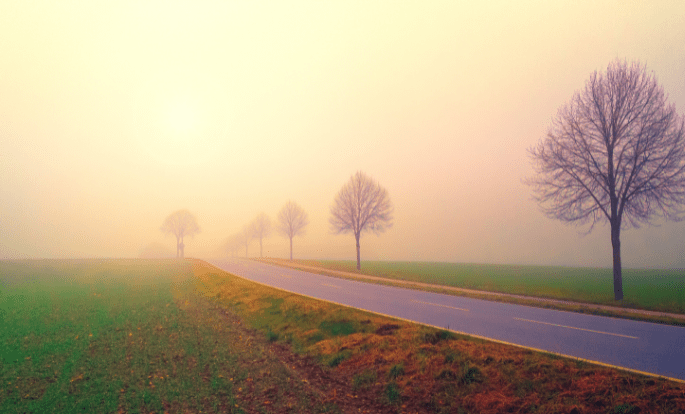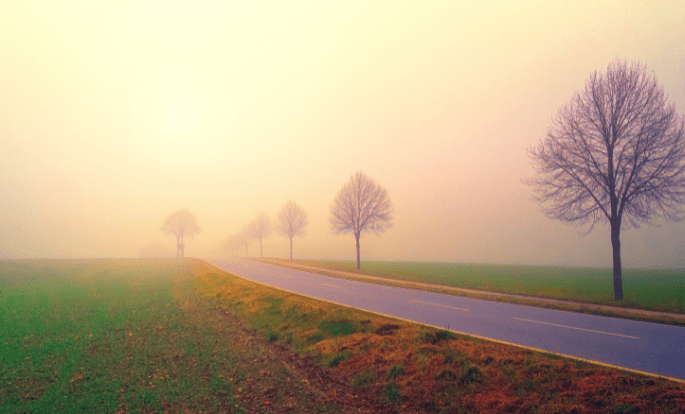
Matchmaking is an ancient dating process that stretches back thousands of years. We saw the practice at work in the musical Fiddler on the Roof. I can still hear the song in my head: “Matchmaker, Matchmaker, make me a match, find me a find, catch me a catch…” I don’t call myself a matchmaker, but rather a marriage and family therapist and have been helping men and women find their soulmate and improve their love lives for more than fifty years.
A month ago, I met a modern-day matchmaker named Adam Cohen-Aslatei. Adam is the CEO of Three Day Rule, a personalized matchmaking service for high-intent singles seeking meaningful connections. Since launching in 2010, Three Day Rule has been on a mission to show successful singles that matchmaking can be modern, affordable, accessible, and effective.
I had the pleasure of interviewing Adam and writing an article, “Looking for Love in All the Right Places: Why Three Day Rule is the Matchmaker for the Stars.” After learning more about matchmaking and his company, Three Day Rule, I shared what I learned with my colleague Shana James. She was impressed with the approach of Three Day Rule and wanted to do a follow-up interview and learn more about their ground-breaking AI matchmaking app, a technology in development over the last two years which makes matchmaking available to millions.
If you don’t know Shana James, she is an experienced counselor, coach, and author of two books, Honest Sex: A Passionate Path to Deepen Connection and Keep Relationships Alive and Power and Pleasure: A Man’s Guide to Becoming a Confident and Satisfied Lover and Leader.
Shana is also a popular TEDx speaker. Her talk “What 1000 Men’s Tears Reveal About the Crisis Between Men and Women,” is emotionally honest and engaging and one of the reasons our colleague, Ed Frauenheim said, “Shana James is a blend of the Dalai Lama and Dr. Ruth.”
I believe that today’s matchmakers, along with experienced counselors and coaches, have a tremendous amount to learn from one another. Together, we can offer far more to men and women seeking to build and sustain healthy long-term relationships — especially in a world that is increasingly complex, fast-paced, and disconnected. But what happens when AI changes everything… that’s what Three Day Rule just launched with their new app!
When people visit my website MenAlive, they are greeted with my introductory welcome video— “Confessions of a Twice-Divorced Marriage Counselor.” It was more than embarrassing to be helping others to find their soul mate, but to keep failing at it myself. As you will learn from my video, I finally was able to get the help I needed. My wife, Carlin, and I have been happily married for forty-five years now. I shared with Adam when I interviewed him that I wish there was a program like Three Day Rule when I was first looking for a serious relationship.
Shana James recently did a follow-up interview with Adam.
“Three Day Rule is using AI to find patterns we often can’t (or won’t) see in ourselves,” says Shana. “They are finding a way to guide people toward matches that are more compatible than we might choose ourselves. And paradoxically, AI is also guiding people back into their bodies, intuition, and humanity.”
In the interview, Shana and Adam explored a wide range of topics shaping modern dating and meaningful connection, including:
- Why so many relationship-ready people burn out on dating apps — and what to do about it.
- Three Day Rule’s holistic approach to great dating, including what to focus on before, during, and after a date.
- How to date in a growth-oriented way, where every connection teaches you something valuable, even if it’s not “the one.”
- Why attunement and conversational presence are the real foundations of long-term chemistry and lasting spark.
- How AI is already improving the dating landscape through clearer photos, identity verification, helpful message responses, and more.
- How Three Day Rule blends technology with deep human discernment to create higher-quality matches.
- Why the holidays and cuffing season are uniquely powerful moments to get intentional about love.
Listen here on Shana’s website or on Apple podcasts.
“This time of year is the peak of both breakups and newly formed relationships. Many of us long for warmth and closeness,” says Shana. “Let’s make sure you move through it in a way that gets you more connection and play, rather than more pain and grief.”
“If you’re single, here’s one tip Adam talks about in the episode:
Your mindset is incredibly important. Dating this holiday season will go better for you when you shift from the negative to the positive.
For example, shift from “My body is older and less desirable,” to “I’m older and wiser and a better catch than ever!” I know you are getting better with age, so practice taking on this mindset!
“If you haven’t checked out or subscribed to my new YouTube channel, where I talk about how to create intimacy and love that stays alive,” says Shana, check it out here. And let me know if there are topics you want covered!”
If you would like to learn more about Three Day Rule, you can do so here.
If you would like to watch the interview Shana did with Adam, you can do so here.
If you would like to learn more about Shana James and her work, you can do so here.
I write regular articles about sex, love, and relationships. Check out my most widely read article, “The One Thing Men Want More Than Sex” here.
The post Three Day Rule: Why Matchmaking is the Future for Finding Real Lasting Love appeared first on MenAlive.


















